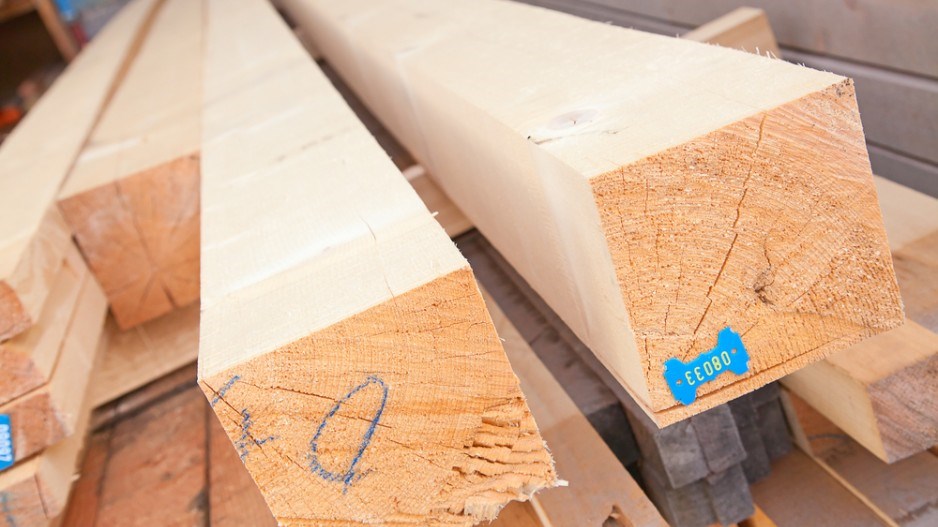B.C.'s lumber sector recovery remained intact in 2013. Buoyed by high lumber prices and stronger demand, dollar-volume exports rose by a quarter, corporate revenue climbed and share prices for a number of major producers surged.
However, as November production figures suggest, dollar-volume gains haven't quite trickled down to gains in production, as short-term hiccups in demand have limited output growth.
Momentum in B.C.'s lumber manufacturing sector eased in November as a temporary affordability-induced softening in the U.S. new housing market and a crest in exports to China restrained lumber demand. While production remained in line with the 12-month range, November's production decline to a seasonally adjusted 2.44 million dry cubic metres of lumber marked a 3.6% monthly decline from October, confirming a modest downdraft in the second half. Actual production was about 2.8% below the same month in 2012.
This lull in production growth is expected to be temporary as U.S. demand picks up. While affordability has tightened with a rise in mortgage amid normalizing monetary policy and positive growth momentum, housing starts will gear off employment and income gains and pent up demand. Consensus forecasts peg U.S. housing starts at 1.12 million units in 2014, up 21% from 2013 with a further gain to 1.36 million in for 2015. While the B.C. lumber market's dependence on U.S. housing activity has waned in recent years with the advent of China as a major customer, increased housing investment south of the border will boost demand for lumber and benefit B.C. Interior communities.
Positive demand-side momentum, elevated lumber prices and a favourable exchange rate are forecast to lift lumber production 10% this year, following a projected gain of 3% in 2013.
Despite the upswing, provincial production will remain below mid-2000 highs. U.S. housing starts will stay below boom-era levels and a significant proportion of U.S. growth will likely be supplied by domestic producers until housing starts reach a pace of about 1.2 million units. Meanwhile, supply constraints will hamper the recovery of B.C.'s forestry sector. Output will be strained by lasting impacts of the mountain pine beetle infestation and mill closures over the past decade. •
Bryan Yu is an economist at Central 1 Credit Union.




